 |
Container-based Toilets with Solid Fuel Briquettes GuidelinesThese Best Practice Guidelines were developed by Sanivation, a private sanitation company based in Kenya under UNHCR’s “Waste to Value” Project, funded by the Bill and Melinda Gates Foundation. The Guidelines are based on ongoing operational research in Kakuma Refugee Camp in partnership with UNHCR and the Norwegian Refugee Council (NRC), and will be update at the end of the Project in 2019.
|
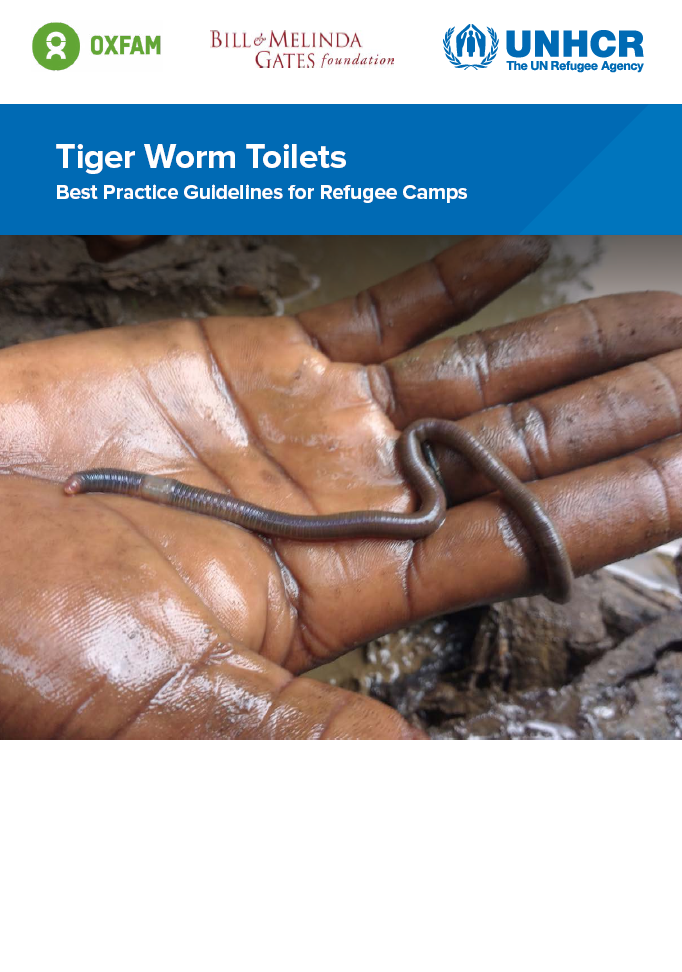 |
Tiger Worm Toilet GuidelinesThese Best Practice Guidelines were developed by Oxfam under UNHCR’s “Waste to Value” Project, funded by the Bill and Melinda Gates Foundation. The Guidelines are based on operational research conducted in 2016 and 2017 in Jewi Refugee Camp in Ethiopia, where the Tiger Worm Toilets remain in operation and under regular monitoring.
|
 |
UNHCR WASH EQUIPMENT CATALOGUEThis WASH Equipment Catalogue has been produced by UNHCR’s WASH and Procurement Departments to improve the acquisition and effective procurement of WASH relief items.
|
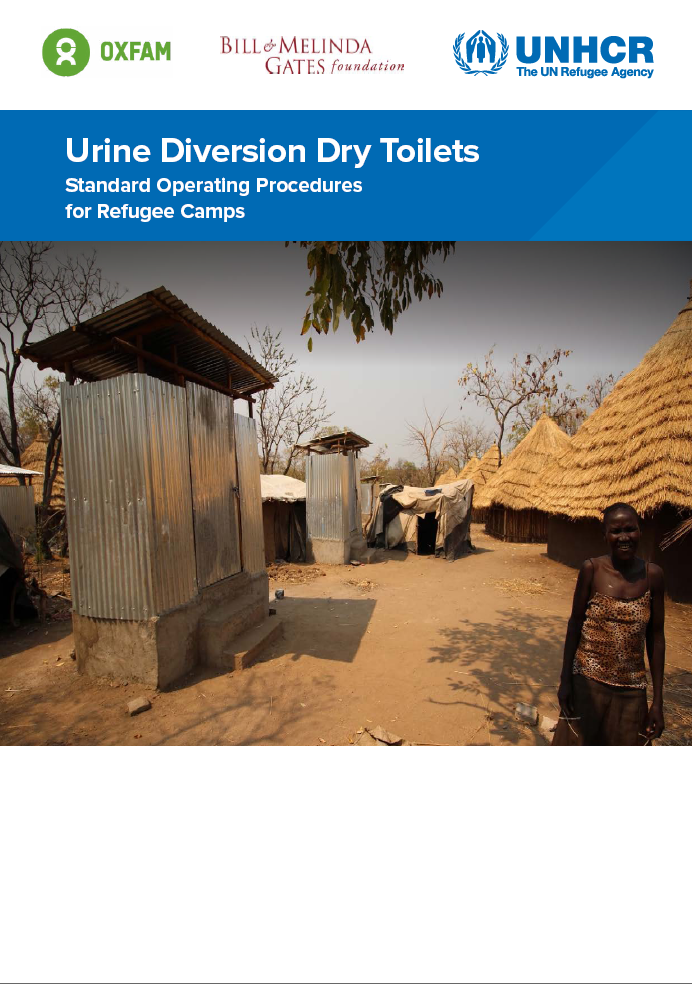 |
UNHCR Urine Diverting Dry Toilet (UDDT) Standard Operating ProceduresDouble vault Urine Diversion Dry Toilets (UDDT) can be used as an alternative to pit latrines in refugee camps. They utilise two chambers for faeces, one of which is in use whilst the other is full and drying so that it can be safely disposed of after an appropriate period of time.
|
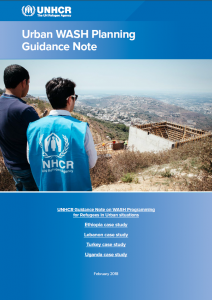 |
Urban WASH Planning Guidance and Case StudiesThese brief guidelines are prepared primarily for UNHCR WASH staff and partners in response to refugees living “out of formalised camps” in urban areas, though have applicability to those in camps in urban areas too.
|
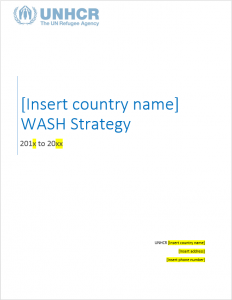 |
WASH Country Strategy / Operational Plans TemplateWhere required, UNHCR and WASH actors should work together to develop a country level refugee WASH strategy document that clearly describes the refugee context and the baseline WASH situation, along with short, medium and long-term strategies for each of the WASH sub-sectors. This template can be used to help produce a short and concise Country level WASH Strategy. It includes a phased approach, HR requirements and site-level Operational Plans.
|
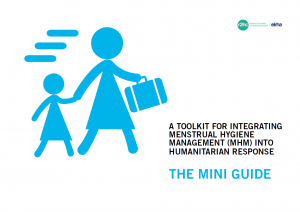 |
MHM in Emergencies Toolkit – Mini GuideThis adjoining document provides a brief summary of the key actions necessary for addressing MHM during emergencies. It serves as a quick read to gain a basic understanding of a complete MHM response. However, it is advised to review the complete guide when designing programs or developing response activities. |
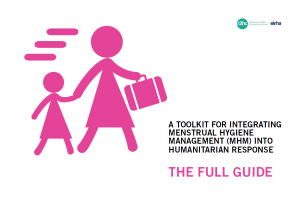 |
MHM in Emergencies Toolkit – Full GuideThe Menstrual Hygiene Management (MHM) in Emergencies toolkit aims to provide streamlined guidance to support organizations and agencies seeking to rapidly integrate MHM into existing programming across sectors and phases.
|
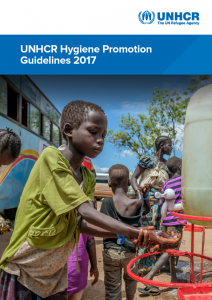 |
Hygiene Promotion Guidelines (UNHCR, 2017)These guidelines provide additional support and information on designing and implementing hygiene promotion programmes or elements of hygiene promotion in the programmes of other sectors. They should be used in conjunction with the UNHCR WASH Manual and the summary guidance in the Hygiene Promotion Chapter of this manual.
|
 English
English